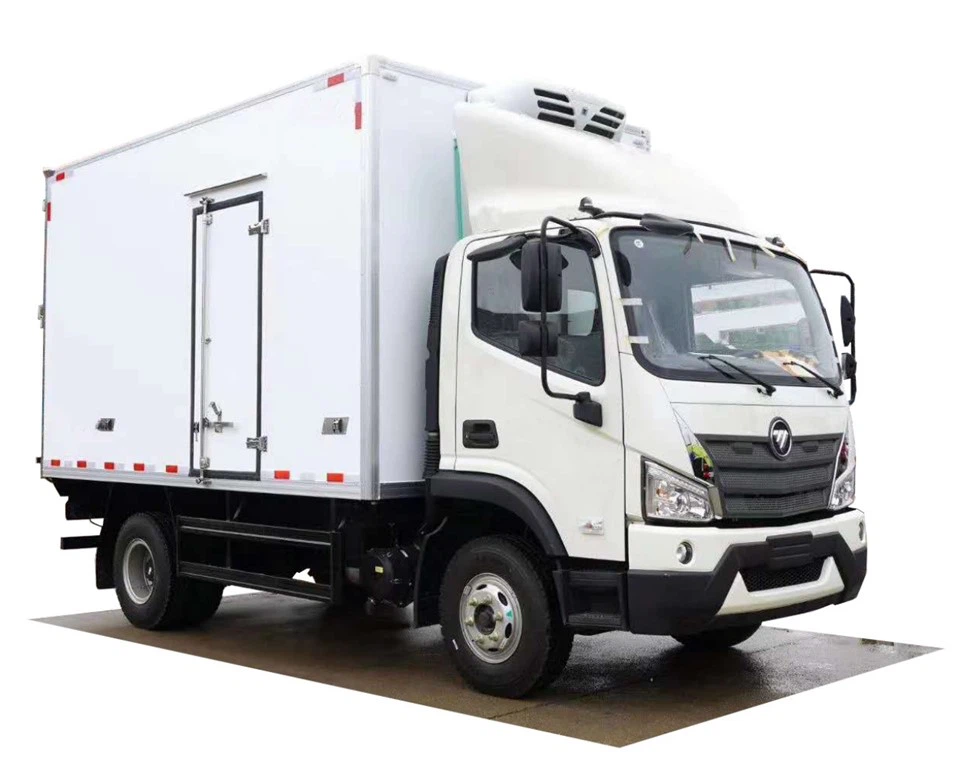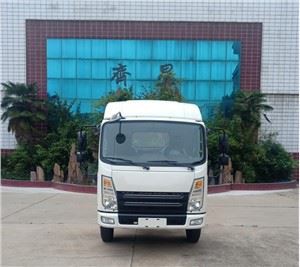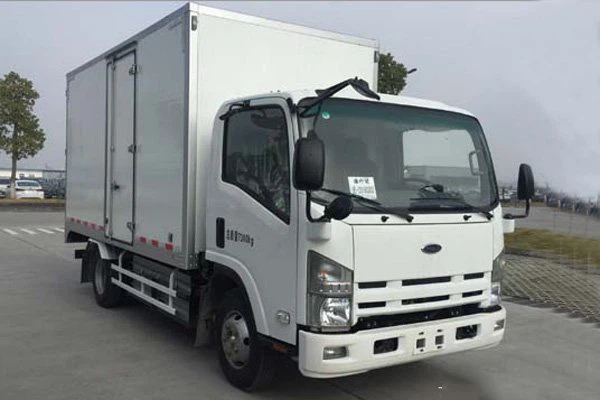Ultimate Guide to Roll Containers: Everything You Need to Know

Introduction
Roll containers, also known as roll cages, are versatile storage and transportation solutions widely used in industries such as retail, logistics, and manufacturing. Designed for efficiency and maneuverability, they facilitate the easy movement of goods, enhancing workflow and minimizing handling time. In this comprehensive article, we will delve into the various types of roll containers, their benefits, practical applications, selection tips, and maintenance. By the end of this guide, you will have a profound understanding of roll containers and their integral role in modern logistics.
What Are Roll Containers?
Roll containers are mobile storage units that consist of a framework with wheels, allowing them to be easily moved from one location to another. They are typically made from durable materials like steel or aluminum, ensuring they can support heavy loads. Commonly used in warehouses, retail environments, and transport operations, roll containers can hold a variety of items, including products, equipment, and supplies.
Types of Roll Containers
Roll containers come in several designs, each suited for specific applications:
1. Standard Roll Containers
A common type, standard roll containers feature a basic tube frame and are often used for general storage and transport.
2. Half-Height Roll Containers
These are shorter versions of standard roll containers that offer ease of loading and unloading while being suitable for smaller items.
3. Mesh Roll Containers
Mesh roll containers have mesh sides that provide visibility and ventilation, ideal for transporting food and other perishable goods.
4. Solid-Sided Roll Containers
With solid sides, these containers offer additional security for valuable items during transport and storage.
5. Convertible Roll Containers
These are versatile units that can be reconfigured to accommodate different load sizes, making them adaptable for various tasks.
Benefits of Using Roll Containers
Incorporating roll containers into your logistics operations can offer several advantages:
1. Increased Efficiency
Roll containers streamline the handling of goods, allowing for faster loading and unloading processes. This leads to reduced downtime and increased throughput.
2. Space Optimization
These containers are designed to maximize vertical space, allowing for more effective use of warehouse and storage areas.
3. Enhanced Safety
With their sturdy construction and strategic design, roll containers minimize the risk of accidents, protecting both workers and goods during transportation.
4. Cost-Effective Solution

Investing in roll containers can reduce labor costs and improve operational efficiency, resulting in significant savings over time.
5. Versatility
Roll containers are applicable across multiple industries, making them a versatile choice for various business needs.
How to Choose the Right Roll Container
Selecting the appropriate roll container is essential to meet your specific operational requirements. Consider the following factors:
1. Load Capacity
Evaluate the maximum weight your container needs to hold and choose a model that can adequately support that load.
2. Dimensions
Opt for roll containers that fit your available space and can easily navigate through your facility.
3. Material
The material of the roll container affects its durability and suitability for your items. Steel or aluminum options generally provide greater strength.
4. Wheel Type
Consider the environment in which the roll container will be used. Solid rubber wheels are often best for rough terrain, while swivel caster wheels allow for better maneuverability in tight spaces.
5. Specific Features
Certain containers come with additional features such as collapsibility, locking mechanisms, or adjustable shelves that may better suit your needs.
Real-World Applications of Roll Containers
Roll containers serve a variety of industries. Here are some practical examples:
1. Retail
Many stores use roll containers to transport merchandise from storage areas to sales floors, making restocking more efficient.
2. Warehousing and Distribution
In warehouses, roll containers expedite the process of picking and packing orders, as they can hold multiple items ready for shipment.
3. Food and Beverage Industry
Mesh roll containers are particularly useful for moving fresh produce and beverages, allowing for air circulation to maintain freshness.
4. Hospitals and Laboratories
Roll containers help transport medical supplies and equipment between departments, optimizing workflow in busy environments.
Practical Tips for Using Roll Containers Effectively
Maximizing the benefits of roll containers requires best practices. Here are some tips:
1. Organize Contents
Keep items organized within the roll container by categorizing similar products together, which can make loading and unloading faster.
2. Keep Them Clean
Regularly clean your roll containers to prevent contamination, especially when transporting food or medical supplies.
3. Train Employees
Ensure that all employees know the proper handling and maneuvering techniques to avoid accidents and damage.
4. Inspect Regularly
Conduct routine inspections of your roll containers to identify any damages or wear that might compromise their functionality.
Maintenance and Care for Roll Containers
Proper maintenance can extend the lifespan of your roll containers. Here are maintenance tips to follow:
1. Regular Inspections
Check for bent frames, broken wheels, or signs of rust. Address any damage promptly to ensure safety.
2. Wheel Care
Keep wheels clean and free of debris by regularly inspecting and cleaning them, ensuring smooth mobility.
3. Lubrication
Apply lubricant to wheel bearings periodically to maintain ease of movement and prevent wear over time.
4. Storing Roll Containers
When not in use, store roll containers in a dry, sheltered area to protect them from weather conditions that could cause deterioration.
Frequently Asked Questions

1. What are the weight limits for roll containers?
The weight limit for roll containers varies by model but typically ranges from 300 kg to 600 kg. Always check the manufacturer’s specifications to ensure safe use.
2. Can roll containers be customized?
Yes, many manufacturers offer customization options, including branding, size variations, and additional features to meet specific operational needs.
3. How do I choose between a standard and a half-height roll container?

If you frequently handle smaller items or need to save space, a half-height roll container is advisable. For larger items or bulk transport, a standard roll container will be more suitable.
4. Are roll containers safe for electrical equipment?
While roll containers can transport electrical equipment, it’s crucial to use solid-sided containers or consider additional padding or compartments to prevent damage during transit.
5. Where can I purchase roll containers?
Roll containers can be purchased from industrial supply stores, specialized manufacturers, or through online platforms that focus on logistics equipment.
6. Can roll containers be used outdoors?
Yes, but it’s essential to choose roll containers made from weather-resistant materials if they will be exposed to the elements.
